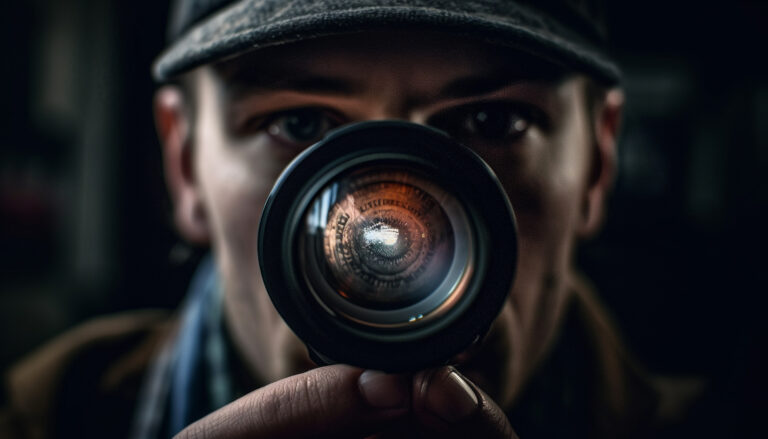Welcome to Sam Studio!
your ultimate destination for photography, modeling, and freelancing excellence. Elevate your visuals with us!
Contacts

Photography Composition: Rule of Thirds and Beyond
Welcome to SAM Studio! Whether you're an amateur shutterbug or a seasoned professional, mastering the art of composition is crucial to taking your photography to the next level. One of the most foundational concepts in photographic composition is the Rule of Thirds, but there is a whole world beyond it waiting to be explored. In this blog, we'll delve into the Rule of Thirds and introduce some advanced techniques that will help you create captivating and visually stunning images.
Understanding the Rule of Thirds
The Rule of Thirds is a fundamental principle of composition that suggests dividing your frame into nine equal parts using two equally spaced horizontal lines and two equally spaced vertical lines. The idea is to place the most important elements of your scene along these lines or at their intersections, known as power points. This technique helps create balance and interest in your photographs.
For example, if you're photographing a landscape, try placing the horizon along the top or bottom third line, rather than directly in the center of the frame. This approach often results in a more dynamic and engaging image.
Why the Rule of Thirds Works
The human eye naturally gravitates towards these points of interest, making compositions that follow the Rule of Thirds more visually appealing. This technique helps avoid placing the subject in the center, which can sometimes lead to static and less interesting images. Instead, it encourages a more balanced and harmonious composition, guiding the viewer's gaze through the photograph in a more natural and fluid manner.
Going Beyond the Rule of Thirds
While the Rule of Thirds is a great starting point, it's just the tip of the iceberg when it comes to composition. Here are a few advanced techniques to consider:
1. Golden Ratio
The Golden Ratio is a mathematical ratio commonly found in nature, art, and architecture. It’s roughly 1:1.618 and can be used to create aesthetically pleasing compositions. By dividing your frame using the Golden Ratio, you can place elements in a way that feels inherently balanced and harmonious. Unlike the Rule of Thirds, the Golden Ratio isn't limited to straight lines; it can also be represented as a spiral, guiding the viewer's eye through the image in a more fluid motion.
2. Leading Lines
Leading lines are natural lines within a scene that guide the viewer’s eye towards a specific point of interest. These lines can be anything from roads, rivers, fences, or even the edges of shadows. Leading lines can add depth and perspective to your photos, drawing the viewer into the scene and emphasizing the main subject.
3. Symmetry and Patterns
Symmetry and patterns can create visually striking compositions. Symmetrical scenes often convey a sense of harmony and balance, while patterns can add an element of surprise and intrigue. Break the symmetry or disrupt the pattern with a contrasting element to add tension and interest.
4. Framing
Framing involves using elements within the scene to create a frame around the subject. This technique can add depth and context to your photos, drawing attention to the main subject. Look for natural frames such as doorways, windows, trees, or arches to encase your subject and lead the viewer’s eye directly to it.
5. Negative Space
Negative space refers to the empty or less busy areas of a composition. Using negative space effectively can create a sense of simplicity and minimalism, allowing the viewer to focus on the main subject without distractions. It can also evoke a feeling of solitude or peace, depending on the context of the image.
6. Depth and Layers
Creating a sense of depth in your photos can make them more immersive and three-dimensional. Incorporate elements in the foreground, middle ground, and background to add layers to your composition. This technique can be particularly effective in landscape photography, where you want to convey the vastness and scale of a scene.
Conclusion
Mastering composition is a continuous journey. While the Rule of Thirds is an excellent foundation, exploring advanced techniques like the Golden Ratio, leading lines, symmetry, framing, negative space, and depth will allow you to create more compelling and visually captivating photographs. Remember, rules are meant to be learned and then creatively broken. The key is to experiment, observe, and refine your style to express your unique vision.
At SAM Studio, we're passionate about helping photographers elevate their craft. Stay tuned for more tips, tutorials, and inspiration to help you capture the world through your lens.
Happy shooting!
Comments
code of destiny